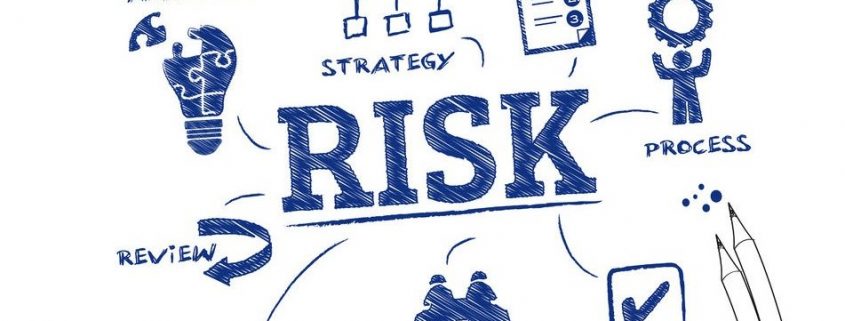How InsurTech will change Credit Risk Management for Insurers?
Risk management activities of insurance companies are mainly based on three risk types: whole portfolio, supplementary and others. In “others”, two risk types; operational risk and credit risk; stand out with their financial impacts and frequencies. We already discussed the operational risk management and how it will be managed after InsurTech. With its quantitative structure and different triggers, credit risk management will be our next topic.
Credit risk is defined as “the potential of insurance company’s borrowers or counterparties will fail to meet their obligations in accordance with agreed terms”. The main goal in credit risk management is maximizing insurance company’s risk-adjusted rate of return by maintaining credit risk exposure within acceptable parameters. Credit risk has six sub risk types:
- Credit default risk
- Concentration risk,
- Counterparty risk,
- Country risk,
- Sovereign risk and
- Settlement risk.
Furthermore, traditional credit risk management is based on manually or semi-manually assessment of below domains:
- Detailed assessment of counterparties,
- Financial strength,
- Industry position,
- Qualitative factors and
- Underlying credit exposures.
The first trigger of change in credit risk management was Solvency II. After implementation of the capital regime in Euro Zone, insurance and reinsurance companies were integrated further credit risk assessment tools into their internal models. Because, the credit risk management approach was found very weak in standard model of EIOPA. The second evolution in credit risk management comes not with another capital regime, but with technology; InsurTech. InsurTech is converting credit risk management into a new form like many other components in insurance business.
For bringing into the complex structure of risk management with basic inputs, we can classify the InsurTech effect on credit risk management mainly on two points which the first point defines the philosophy behind risk management activities and the second point defines actions:
- Maximizing company’s risk adjusted rate of return by maintaining correct credit risk exposure within risk appetite of company and maintaining sufficient risk-return discipline in credit risk management process.
- Covering all insurance/reinsurance transactions and identification, measurement and monitoring of transactions with embedded credit risk.
The risk-adjusted return is generally defined as a concept which measures real value of risk and enables a company to make comparisons between risk taking and risk aversion. This variable shows real value of business and aims maximizing efficiency on capital management. Today’s business life, correct allocation of limited capital should be the main object behind all activities of a company and risk adjusted rate of return is the pointer that makes this objective visible. InsurTech converts also calculation methodology of risk-adjusted return. With a more sophisticated methodology, risk managers can cover thousands of variables and calculate a value very close to real risk-adjusted return exposure.
The second point, covering all transactions where credit risk arises, is the inception point of actions. The definition covers not just financial transactions, but also all insurance/reinsurance transactions performed during daily business cycles. Furthermore, because of the complex structure of finance, not just loans, the most obvious source of credit risk, but also other structured financial instruments, like trade financing, foreign exchange transactions, financial futures, swaps, bonds, equities, options etc., should be assessed in an effective credit risk management function.
Naturally, variety of sources brings huge amount of data, that could not be managed manually, especially by a function like risk management, which should be always preventive and pioneer. One of InsurTech dimensions, big data management, helps risk management professionals especially on this point. With the organization, administration and governance functions of big data management; not just structured data but also unstructured data come out from mentioned transactions will be measured, analyzed, grouped and monitored according to their likelihood and magnitude within seconds.
Credit risk management is a crucial tool among other risk management functions. An effective credit risk management brings efficient capital management firstly and then financially strong companies. These two features make companies ready and solid for their next step on investment, acquisitions and every step they take for their existence.
#RiskManagement #CreditRiskManagement, #RiskAdjustedReturn, #CapitalAllocation, #SolvencyII #InsurTech, #ZeynepStefan
6,837 total views, 1 views today




I really like your writing style, fantastic info , appreciate it for posting : D.